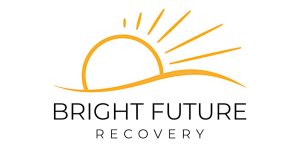More parents than ever before have had to come to terms with their child becoming addicted to heroin, in the wake of the opioid epidemic that quickly turned into the heroin epidemic after the summer of 2013. Overdose deaths are higher than ever in the United States, and parents in California and across the country are desperately searching for options to save their loved one’s life – and get them off heroin, before it is too late.
Heroin addiction is no longer confined to urban centers, heroin addiction has hit every city and state in the United States, and has hit families of every demographic, income level, and faith. Still, many parents don’t fully understand heroin addiction and the needs for heroin detox. This lack of understanding has led to many parents delaying intervening in their child’s substance abuse problems.
With an addiction as deadly as heroin addiction is today, educating parents on what to do when their son or daughter is using heroin is the most important act of prevention heroin addiction treatment centers like Bright Future Recovery can provide.
Learn About Our Addiction Rehab for Teen Drug Abuse
Heroin Addiction in California
California – particularly Northern California – has seen an explosion in drug overdose mortality rates in the past decade, with the majority of these deaths linked to opioid and heroin abuse.
2018 California Drug Overdose Statistics by County
How many drug overdose deaths have there been in California in 2018 so far?
The following statistics show the number of drug overdoses in California, by county, as of June of 2018.
- Alameda County, CA – 528 deaths
- Amador County, CA – 28 deaths
- Butte County, CA – 212 deaths
- Calaveras County, CA – 26 deaths
- Contra Costa County, CA – 356 deaths
- Del Norte County, CA – 14 deaths
- El Dorado County, CA – 128 deaths
- Fresno County, CA – 414 deaths
- Glenn County, CA – 17 deaths
- Humboldt County, CA – 138 deaths
- Imperial County, CA – 103 deaths
- Inyo County, CA – 15 deaths
- Kern County, CA – 631 deaths
- Kings County, CA – 51 deaths
- Lake County, CA – 85 deaths
- Lassen County, CA – 33 deaths
- Los Angeles County, CA – 2,288 deaths
- Madera County, CA – 65 deaths
- Marin County, CA – 76 deaths
- Mariposa County, CA – 11 deaths
- Mendocino County, CA – 70 deaths
- Merced County, CA – 109 deaths
- Monterey County, CA – 147 deaths
- Napa County, CA – 43 deaths
- Nevada County, CA – 56 deaths
- Orange County, CA – 1,168 deaths
- Placer County, CA – 127 deaths
- Plumas County, CA – 19 deaths
- Riverside County, CA – 1,017 deaths
- Sacramento County, CA – 760 deaths
- San Benito County, CA – 13 deaths
- San Bernardino County, CA – 320 deaths
- San Diego County, CA – 1,272 deaths
- San Francisco County, CA – 546 deaths
- San Joaquin County, CA – 345 deaths
- San Luis Obispo County, CA – 130 deaths
- San Mateo County, CA – 187 deaths
- Santa Barbara County, CA – 195 deaths
- Santa Clara County, CA – 425 deaths
- Santa Cruz County, CA – 157 deaths
- Shasta County, CA – 107 deaths
- Siskiyou County, CA – 36 deaths
- Solano County, CA – 176 deaths
- Sonoma County, CA – 214 deaths
- Stanislaus County, CA – 241 deaths
- Sutter County, CA – 27 deaths
- Tehama County, CA – 24 deaths
- Tulare County, CA – 123 deaths
- Tuolumne County, CA – 56 deaths
- Ventura County, CA – 350 deaths
- Yolo County, CA – 90 deaths
- Yuba County, CA – 36 deaths
[colorsection bgcolor=”grey”]
A Parent’s Guide to Finding Heroin Detox and Addiction Treatment for a Son or Daughter
In an attempt to highlight just how many have lost their battle to heroin addiction in 2018 in California, and to educate parents of heroin addicts on how they can help their children struggling with heroin and opioid addiction, Bright Future Recovery put together this guide for recognizing a dangerous heroin addiction, understanding that addiction, and finding immediate help and heroin addiction treatment in California.
[/colorsection][clearfixspace]
[two_third]
Frequently Asked Questions about Acute Heroin Withdrawal
First, we want to address some of the most commonly asked questions about heroin and opioid addiction that parents have. We hope that having these questions answered for parents in a concise way will help to prevent more overdose deaths in California.
[/two_third][one_third_last]
PARENTS: If you have any questions not featured here, do not hesitate to call us and speak with Bright Future Recovery’s heroin and addiction treatment specialist.
Call Us Today
[/one_third_last]
[su_accordion]
[su_spoiler title=”
Is Acute Heroin Withdrawal Deadly?
” open=no” style=”default” icon=”chevron” anchor=”” class=””]
Yes, heroin withdrawal can be deadly. While heroin withdrawal symptoms are not as deadly as withdrawals from alcohol or benzodiazepines – which can cause seizures, coma, heart failure, and a host of other symptoms where death is a very real possibility in non-medically assisted detox – it can and has led to deaths.
Medication Assisted Treatment (MAT) for Heroin addiction and medically assisted heroin detox can help to prevent many of the adverse symptoms of withdrawal, and as a harm-reduction method, can prevent overdose deaths.
We highly recommend that parents ALWAYS help their loved ones get into heroin detox at the beginning of addiction recovery.
[/su_spoiler][su_spoiler title=”
Should I let my Son or Daughter Go to Jail to Get Them off Heroin?
” open=no” style=”default” icon=”chevron” anchor=”” class=””]
Many parents believe that they are practicing tough love by not posting bail when a child heroin addict has been arrested. The thought many parents have with this is: “let them learn their lessons in jail, and they will get off drugs.” There are some problems with this, however.
First off, jail and prison is not a safe place for people to detox off of drugs like heroin. People who are incarcerated aren’t given the adequate treatment they need, at a time when they need treatment the most. Withdrawal effects can cause severe physical and mental health issues, and these issues need to be dealt with medically – and jails and prisons will not provide this medical treatment.
Yes, if your son or daughter has committed a crime and gotten themselves arrested, they need to deal with the repercussions of their actions, and may need to serve time. However, it is essential to get them medically stable from their heroin addiction before putting them in a place where they will not receive adequate medical attention.
Being forced to go through withdrawals in jail or prison – without medical help – is not going to reform their ways, or motivate them to get off drugs. Adversely, without proper addiction treatment during acute withdrawal from heroin, they are more likely to try and obtain drugs and get high after they are released from jail. If they try and use heroin again after a non-medically assisted withdrawal in jail, the risk of them overdosing more than doubles, and could easily lead to death.
[/su_spoiler][su_spoiler title=”
How Long Does Heroin Withdrawal Last?
” open=no” style=”default” icon=”chevron” anchor=”” class=””]
Heroin withdrawal usually fits into a heroin withdrawal timeline. This timeline encompasses about 72 hours, in most cases. However, if a person is abusing opioids with longer half-lives (like suboxone or methadone), the length of time it takes for heroin detox can be extended. Additionally, if the heroin your son or daughter is using is mixed with other drugs, which is often the case, the timeline may also be affected.
The General Heroin Withdrawal Timeline is as Follows:
- Heroin withdrawal begins within 6-12 hours of the last dose.
- If the person has been using long-acting opioids with longer half-lives (Like prescription painkillers, methadone, or suboxone), it could delay the onset of withdrawals to the 30 hour mark.
- By the second day, the withdrawal symptoms begin to intensify, hitting a peak at about 72 hours after the last dose. When the peak comes, withdrawal symptoms will intensify, and if the withdrawal symptoms of vomiting, stomach cramps, diarrhea, anxiety, and drug cravings are serious, it is known as acute withdrawal.
- After about 72 hours, the symptoms begin to subside, and a person will start to feel better, but the cravings for drugs will remain, or intensify.
Many parents believe that after the 72 hour mark, when the drugs are now mostly out of their child’s system, they are no longer addicted to heroin and should be able to stay sober. Unfortunately, it isn’t quite that simple.
Post-Acute Withdrawal Syndrome (PAWS) from heroin is very common, and is characterized by a resurgence in withdrawal symptoms that wax and wane in intensity. PAWS symptoms can last anywhere from a week after detox to nearly a year after the last dose of heroin.
The symptoms of PAWS can be confusing for your child, if they are not receiving counseling and ongoing heroin substance abuse treatment. Many heroin addicts as well don’t know about PAWS, or don’t understand it clearly. IF you don’t understand what PAWS is, and what is happening to you, you can feel like the urges to use heroin and the symptoms of intermittent withdrawal will never go away.
Feeling that they have damaged themselves beyond repair, many heroin addicts continue to use heroin after acute withdrawal, in response to the PAWS symptoms they are feeling. What your child needs at this point is substance abuse counseling, and for an addiction treatment professional to explain to them: “Don’t worry, what you are feeling is normal, and is your body’s response to being clean. It is your body trying to re-balance itself chemically, and it will go away in time.”
So many cases of heroin relapse can be blamed on PAWS symptoms, and the individual not understanding what is happening to them. PAWS symptoms are highly treatable with counseling and ongoing substance abuse treatment, and treatment programs that educate patients about PAWS – and treat those symptoms – can provide better heroin relapse prevention.
[/su_spoiler][su_spoiler title=”
How Can Parents Prevent Heroin Relapse After Detox?
” open=no” style=”default” icon=”chevron” anchor=”” class=””]
The best way to prevent relapse is with proper addiction treatment and heroin detox. Whether or not your son or daughter relapses after treatment comes down to a choice that they make – to stay sober, or to use again.
An addiction treatment program should utilize a full continuum of care, and offer ongoing treatment, case management, aftercare, and monitoring. Too many heroin detox programs only focus on getting your child medically stabilized, and getting the drugs out of their system safely, without offering any sort of follow-up.
Getting the drugs out of your child’s system is only the initial phase of recovery. Once detoxed, your child needs to learn how to address their thoughts and feelings that cause them to use heroin, otherwise the root problem – that got led them to addiction in the first place – has not been addressed.
Addiction treatment therapies are designed to help recovering addicts figure out for themselves why they use drugs, and identify the behaviors that lead to substance abuse – including triggers. In many cases, those addicted to heroin started using drugs to self-medicate themselves, using drugs to cover up the symptoms of depression, past traumas, feelings of inadequacy, or to deal with thoughts and feelings stemming from a mental health condition.
Substance abuse counseling finds the root reason a person uses drugs teaches them how to react and respond in more positive ways – instead of using drugs. The majority of those that successfully recover from heroin say that what they learned in this phase of treatment is what keeps them sober long-term – not the fear of withdrawals, or the physical symptoms, or anything else. Many say that they simply don’t need drugs anymore, after they identified and dealt with their root problems of addiction.
[/su_spoiler][su_spoiler title=”
My Son/Daughter Has Chronic Pain Issues and is Addicted to Painkillers. Do I have to worry about Heroin Addiction?
” open=no” style=”default” icon=”chevron” anchor=”” class=””]
More than 70% of heroin users in California and the United States today say that their heroin addiction stemmed from a prescription drug addiction. In fact, government officials have stated that most of the blame for the current opioid and heroin addiction epidemic can be placed on overprescribing of opioid painkillers, and cases where an already addicted individual suddenly loses access to their painkillers, or the prescription refills are denied.
If your son or daughter is already addicted to painkillers like Vicodin, morphine, Oxycontin, or other prescription opioid pain relievers, they are at a higher risk of using heroin. Many parents don’t realize that opioids and heroin are chemically similar – almost identical. Those that are addicted to opioids can use heroin to feed their addiction, and those addicted to heroin can likewise use prescription opioids. Because so many prescription drug addicts lost access to drugs given by a doctor in the years between 2000 and 2013, a great number of those addicts felt they were forced to switch to heroin.
Parents must realize that if your son or daughter is addicted to painkillers, they are already addicted to heroin – just in a different form. All cases of opioid addiction require addiction treatment.
[/su_spoiler][su_spoiler title=”
How Can My Son or Daughter Manage Chronic Pain After Being Addicted to Heroin?
” open=no” style=”default” icon=”chevron” anchor=”” class=””]
Because opioid-based drugs are the most common form of medication used for chronic pain management, chronic pain sufferers that are also opioid addicts are put in a precarious position. Do you cut the drugs completely out and live with the pain, or keep the medication for pain management but remain addicted?
Each case must be dealt with on a case-by-case basis, but former heroin addicts that have chronic pain issues should not be left to suffer in pain. They will need some form of chronic pain management, and if alternative therapies are not an option, drug therapy is needed. In some cases, alternatives to opioids may be an option, but if the pain can only be dealt with using pain medication than the medication regimen must be closely monitored.
[/su_spoiler]
[/su_accordion]
Related Reading:
[clearfixspace]
[colorsection bgcolor=”grey”]
Are You The Parent of a Heroin Addict, and Seeking a Comprehensive Heroin Treatment Provider that Focuses on Family, Long-Term Recovery, and Offers Assistance throughout the Process?
Bright Future Recovery Addiction Treatment Specialists Would Love the Opportunity to Help Your Family
Our Heroin Addiction Treatment Program Options
[/colorsection][clearfixspace]







